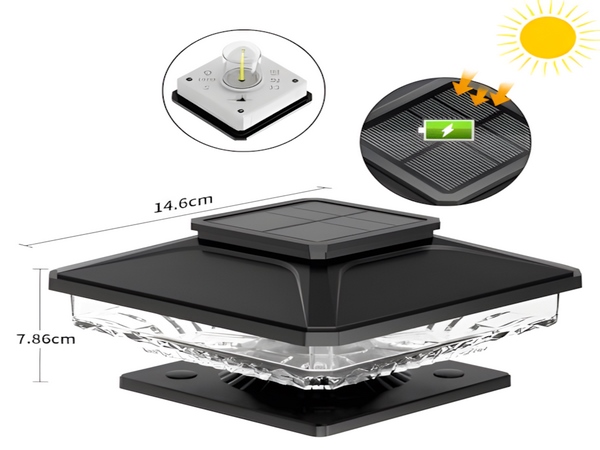
Speaking of solar street lights, they are quite familiar to everyone, as they can often be seen in daily life. Solar street lights consist of several components: solar panels, solar controllers, battery packs, light sources, lamp posts, and lamp housings. The lamp post is an important component of solar street lights. Below, the editor from Century Sunshine Lighting will introduce how to choose a lamp post for solar street lights.

1. Height Requirements
The height of the lamp post determines the illumination level of the street light, so it is crucial to choose appropriately. The height should be based on the width of the road; for example, the height of a single-sided street light should be greater than or equal to the road width, the height of a double-sided symmetrical street light should be equal to the average width of the road, and the height of a double-sided zigzag street light should be at least 70% of the road width to achieve optimal lighting effects.

In addition, traffic flow on the road should also be considered. For instance, in areas with heavy truck traffic, a taller lamp post would be more suitable, while in areas with fewer trucks, a shorter post can be used. However, it is critical not to deviate from the standards, as poor visibility can lead to severe consequences.
2. Material Requirements
The material is also a vital standard for selecting a solar street light lamp post, as it directly impacts the lifespan of the street light. Currently, lamp posts made from Q235 steel are quite common. The corrosion resistance of this material is not particularly great, which is why surface treatments are often applied to enhance its performance.
For example, hot-dip galvanizing or cold galvanizing are two common treatment methods. The corrosion resistance of hot-dip galvanized posts is generally superior, so it is recommended to choose lamp posts treated this way when purchasing.
Furthermore, some solar street lights are now equipped with stainless steel lamp covers and lamp posts that have undergone anodizing. These materials have excellent corrosion resistance; however, they are not as budget-friendly compared to steel lampposts, so choices can be made based on specific budgets.
Cement poles are also available; they have a long lifespan and high strength but are relatively cumbersome for transportation. Thus, they are often reused from previously installed electric poles or street light poles. They are well-suited for modular street lights, enabling the utilization of their remaining value, making them environmentally friendly.
3. Wall Thickness Requirements
In addition to the aforementioned factors, other details should not be overlooked, such as the wall thickness of the lamp post and its ability to withstand wind and support weight. These factors are significantly related, so the wall thickness should be chosen based on the specific installation scenario of the solar street light.
For instance, for lamp posts of 2-4 meters, the wall thickness should be at least 2.5 cm; for posts of 4-9 meters, it should be between 4-4.5 cm; and for 8-15 meter tall posts, the wall thickness should be at least 6 cm. If the area experiences strong winds year-round, the wall thickness should be even greater.
The above points on how to select lamp posts for solar street lights conclude our discussion. Besides the points mentioned, the quality of the material used for the lamp post directly affects the lifespan of the street light. Therefore, when selecting a lamp post, it is essential to choose appropriate materials and to select from reputable manufacturers to ensure the reliability of the product.



